
Francis Ford Coppola’s lengthy filmography is a rich if bumpy road filled with landmark classics, fascinating experiments, overindulgent (yet watchable) experiments, passable money jobs and a couple of unforgivable abominations too.
As an ardent member of the ‘movie brats’ circle in the 70s that represented a new wave of exciting filmmakers that changed the industry forever, Coppola enjoyed his position as ringleader and vocal innovator of the group. Sadly, due to his boisterous take-no-prisoners attitude toward Hollywood’s moneymen, as well as putting his money where his mouth was on a handful of failures with his own enterprise Zoetrope Studios, that creative freedom he cherished was eventually stripped away and throughout the 80s and 90s he ended up paying off his bills to mixed results.
Regardless, his vast career is filled with a wide of variety of genres and varying movies – a filmography that’s ripe for riffing through the pile of the relentlessly terrible, the fascinating failures, landmark classics and best of all, the underrated gems.
24. Tonight For Sure (1962)
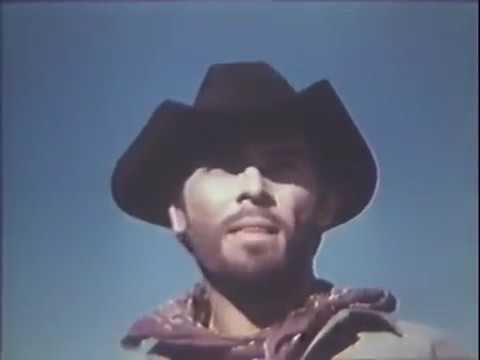
Coppola’s first credited movie as director is technically his feature debut, yet in spirit, this cheap skin flick is about as far from his impressive later roster that as you can get. Framed around a simple cowboy heading to the big city to get… well, laid, the story runs into a series of loose comical vignettes that are just really an excuse for women to take their clothes off.
In all fairness, Coppola does his best to make the material seem fresh and interesting, with a gimmicky hook to each story strand, but overall, this is a cheap gun-for-hire job the future talent took to help land a gig as a filmmaker, and not much else.
23. Twixt (2011)
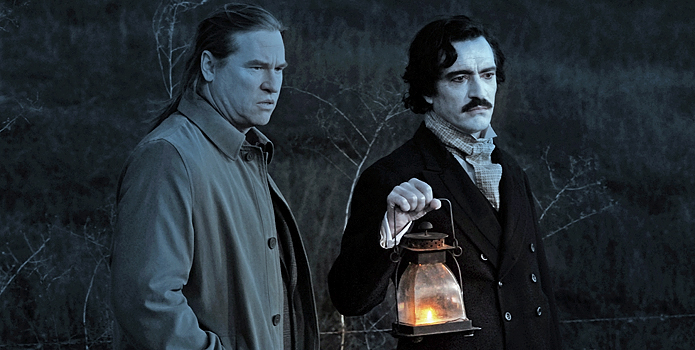
Enjoying a swift creative resurgence in the late 2000s, Coppola’s second wind (or technically fourth wind?) sadly ended in this awful movie that made him unofficially retire. The prospect of him tackling another horror film after rarely dappling in the genre with enticing results was a potentially good concept, especially with the youthful energy he displayed in his two prior films. Sadly, it resulted in this shameful ordeal as the old maestro tries using the ‘hip’ techniques the youngsters are doing but only coming off as inadequate in return.
The premise has Val Kilmer’s schlock novelist coming to a sleepy town to find inspiration for his new novel and falling into a dark nightmarish underworld that wants to be part-David Lynch dreamscape, part-Corman/Poe homage, yet sadly comes closer to a early 90’s ‘full motion video’ game with its beyond awful CGI and colour grading.
What’s even more bizarre is how amateurish it all is – even in the director’s other stinkers, he’s at least capable of pulling off the technical aspects without a hitch, yet here the awkward editing and haphazard mise-en-scene just baffles at how the once-great director could have been involved in this abomination.
And for a horror film it commits the worst crime of all – zero scares and zero atmosphere. With only a fun performance from Bruce Dern as a grizzled town sheriff being the sole watchable element – do yourself a favour and avoid this one unless you’re in the mood for some so-bad-it’s-good movie watching laughs.
22. Jack (1996)
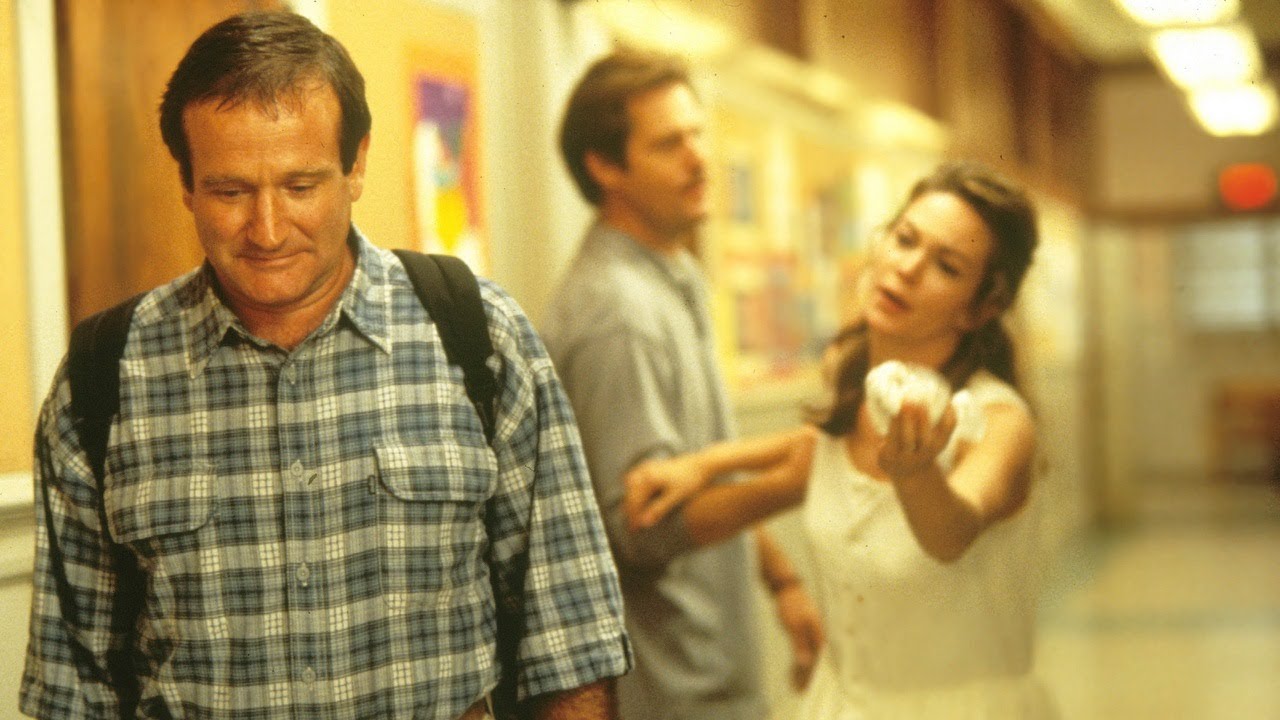
A misguided mess of a movie even from a conceptual stage – it’s bewildering how an executive read the script and green-lit the project. It’s even crazier to think that the immensely talented Coppola agreed to direct it, yet throughout the 90s the director was forced to take several money jobs to pay off massive financial debts. And still judging from the results, there are better ways to pay the bills than this mess, surely?
The late Robin Williams plays a man burdened with a rare disorder that speeds up his body’s growth immensely whilst the brain develops at a regular rate. In basic terms – he’s a child trapped in man’s body.
The premise certainly didn’t have to be terrible in execution; Williams made a killing playing man-children throughout the 90s and here gives a fairly energised if typical performance for the main character. Yet it’s the film’s bizarre tonal shifts and anything-but-the-kitchen-sink approach constantly throws off proceedings as it sways from sappy sentimentality, to crass gross-out humour, to just just plain creepy (Jennifer Lopez’s teacher seducing Williams adolescent character) that it becomes a case of what the hell they were thinking?
Oh, and Bill Cosby playing a major supporting character doesn’t do it any favours in today’s climate, either. Admittedly it still gets points for having a genuine heart behind it with a rare moment or two where Williams is able to endear, yet overall this is a baffling embarrassment for everyone involved.
21. New York Stories (1989) (Segment: “Life Without Zoe”)
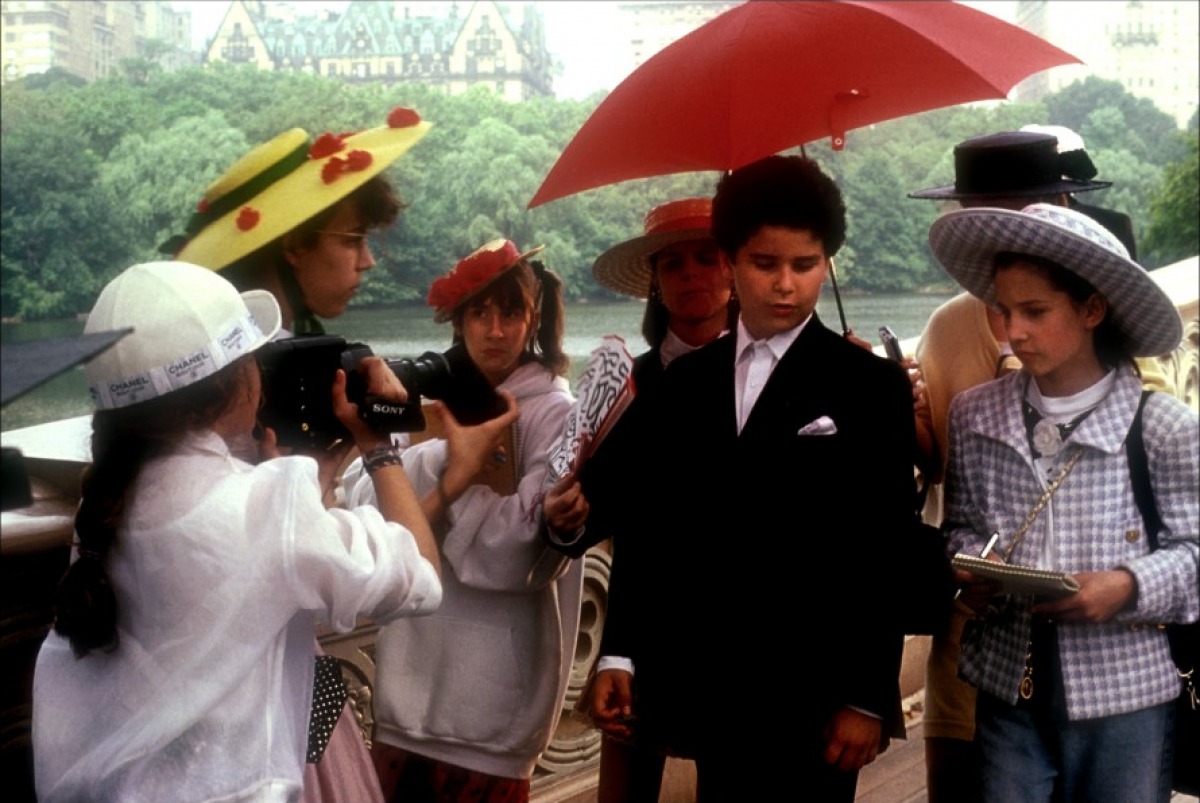
Conceived as a trio of vignettes set in the city that never sleeps, the casting of its most prolific filmmakers seemed like a given – Martin Scorsese and Woody Allen turn in two watchable if fairly unexceptional entries (with Scorsese’s love/hate story being the more impressive) – yet Coppola fills out the last director’s chair with an odd duck entry, in more ways than one.
First, Coppola is hardly one of New York’s most estimated directors, with him hailing from Detroit and making it big in Los Angeles. More importantly, his short is a nauseating mess, its inaptitude only greater accented by being in the company of two esteemed contemporaries.
Focused upon the hyper-real existence of filthy rich children and their elite New York existence, the most interesting aspect of the story might’ve made it an intriguing prospect in the late 80s, yet nowadays in the height of reality TV stars and social media, the one novelty it had has completely dried up. What we’re left with is a hyperactive short with little sense of purpose and crowded by a gang of unsympathetic characters. The final film received plenty of mixed reviews and there’s no better culprit for its unenthused reaction than this irritating 30-minute segment.
20. The Godfather Part III (1990)
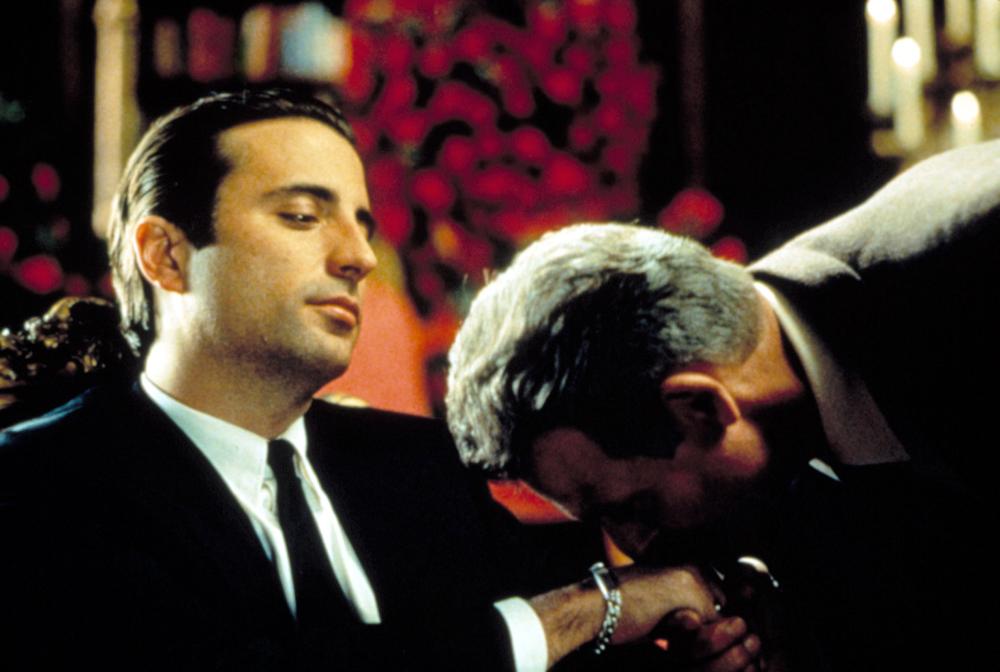
Perhaps the venom thrown at this unnecessary cash grab has subdued slightly over the years now that audiences have been treated to “Indiana Jones and the Kingdom of the Crystal Skull” and intergalactic prequels about tax reformation, yet back in the 90s this third entry in the Corleone saga represented everything wrong with Hollywood for cinemagoers, movie buffs and film critics alike.
Coppola was in desperate need of a hit so took up the offer to make a third entry in his Godfather series for all the wrong reasons, as well as little passion for the subject. Truthfully, it would’ve never lived up to the hype, but it doesn’t help that the main plot is an incredible yawn-worthy bore with what was before fresh now feels stale and formulaic.
Add to that the central players not being up to scratch – Al Pacino basically sleepwalks through proceedings, Diane Keaton is wasted, Talia Shire is just happy to get work, and Robert Duvall smartly turned it down and was replaced by George Hamilton of all people. The only actor that feels excited to be there is a commanding Andy Garcia, almost single-handedly saving what little he can – it’s a rare case where the young upstart (a cancelled follow-up was going to centre on his character) lives up to the hype. Still, even he can’t survive the neutron bomb that was Jar Jar Binks before there was a Jar Jar Binks – Sofia Coppola.
Now enjoying a career as a successful film director, her casting in the pivotal role of Pacino’s daughter was a case of nepotism gone blind. Certainly the elder Coppola had a successful habit of using his family in the past, yet here he was desperate to fill the role after Winona Ryder cancelled, so he made the deluded decision to put his own daughter (with little experience or charisma) in this plump role.
The results of the decision make a mediocre yet passable sequel into a cinematic trainwreck, and thankfully, the woman has found her true calling behind the camera and not in front of it. Ultimately Coppola can direct a compelling mob hit in his sleep so there are one or two worthwhile moments amidst the tripe, but those moments aren’t enough to justify this passionless and misguided sequel that is better left ignored.
19. Finian’s Rainbow (1968)
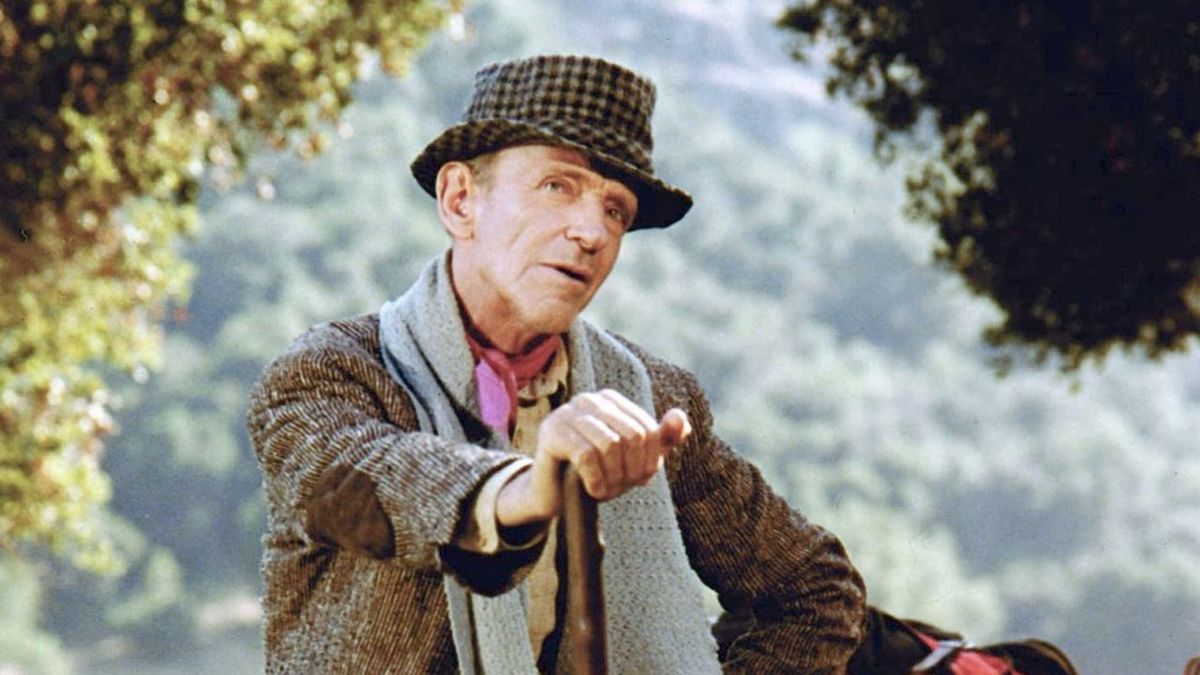
This is a strange one – after making a critical splash as an interesting filmmaker with “You’re a Big Boy Now” (1966), Coppola was offered the chance to direct a Fred Astaire musical vehicle whose script had been handed around since the 1940s. The young turk was enamoured with the chance to work with his idol and jumped at the opportunity. Yet this was the late 60s – filmmaking was already on its way to changing hands with a new type of cinema replacing the stale old guard.
And that’s the dilemma with “Finian’s Rainbow” – a perfectly adequate musical yet constantly reminding you it was made about 10 years too late. The old-fashioned vision of the south (in fairness, Coppola needed to do a lot of DIY on the original script) and perspectives on love, romance and whimsy all feel out of place and out of date, with even Astaire (the consulate showman) showing weariness in his dance numbers.
With all that said, Coppola does give the opportunity his all, with some stunning location work and some energised directing, but it’s all for moot – a serviceable product but made at the wrong time, and its critical and commercial failure signified the complete fatigue with the old studio system and their material. Thankfully, its failure would set a fire underneath the young Coppola to set out and make radically different types of films going forward.
18. Dementia 13 (1963)
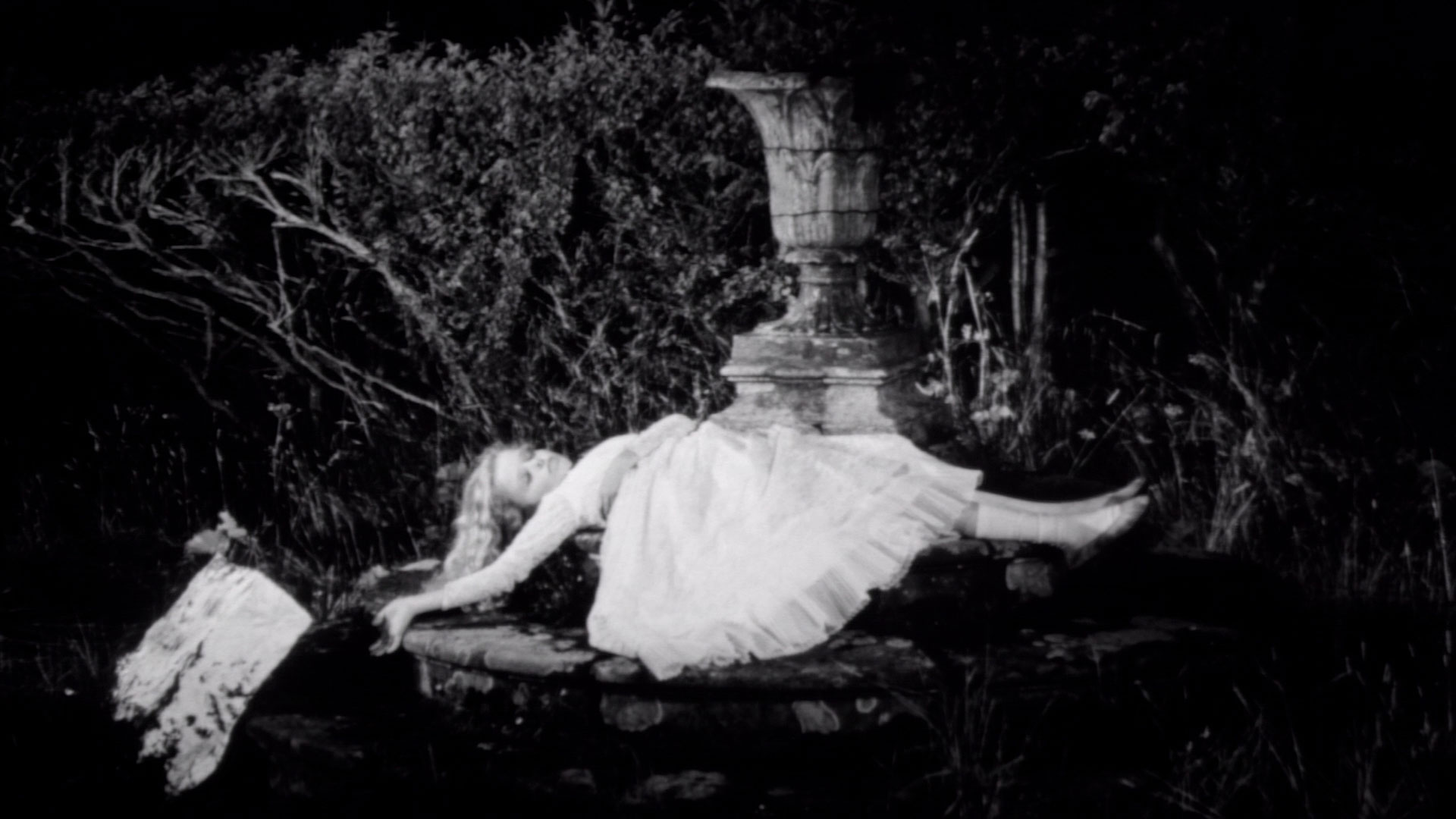
Like so many fantastic directors that hit their stride during the 70s, Coppola first cut his teeth working for schlock producer Roger Corman. After having wrapped “The Young Racers” (1963) in Ireland, producer/director Corman had an unspent $22,000 from the budget and put his crew to task to pitch him a movie concept that could be shot immediately while on location from the leftover change. Coppola, who was a sound engineer on the production, sold him on a “Psycho” rip-off (in Corman’s words) and was promoted to direct, also typical for the company’s productions – he had three days to write the script.
More accurately, Coppola felt like he was borrowing more from Mario Bava’s backlog of atmospheric macabre tales of family secrets within a gothic European settings then Hitchcock’s twisty slasher classic, yet unfortunately with the minuscule budget and inexperience behind-the-camera, the young filmmaker lacked Bava’s lush and intoxicating visual style, instead doing his best to get the most out of the tight schedule and limited location work.
What we’re left with is a fairly watchable early 60’s horror production; not the greatest or most memorable film, but hardly the worst either. There’s some fun in a handful of cheap but effective scare scenes, with the early director establishing a strong sense of mise-en-scene even this early, even though it lacked his individual voice as a filmmaker (the protagonists are bland and unsympathetic, plus the main mystery plot really fails to grip). Still, with such a short turnaround, you can’t fully blame the director – it’s a fairly workable product yet recommended for fans of obscure (if forgettable) 60’s horror then Coppola aficionados.
17. The Cotton Club (1984)
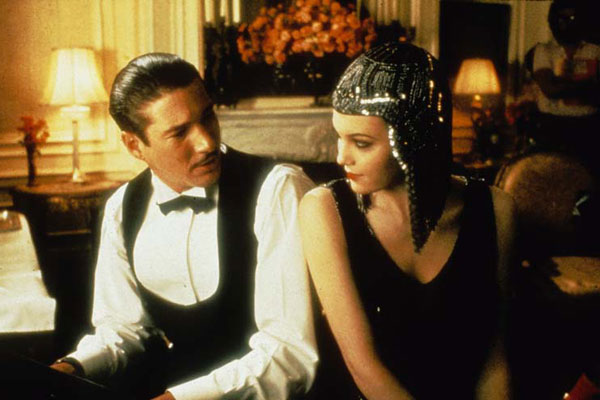
It all seemed like a match made in heaven with the ‘Godfather’ holy trinity back together – Coppola, writer Mario Puzo and producer Robert Evans reunited to make another period gangster flick, this time focused around the high drama of Harlem’s numbers war and the glamorous/infamous titular club. Alas, plenty of behind-the-scenes trouble had already soured the soup due to Evans’ titanic ego before Coppola came onboard as essentially a gun-for-hire.
The results are mixed overall – the period details and production value are gorgeous yet none of the three main plot lines ever really connect. Richard Gere and Diane Lane show sparks in their chemistry but their love story plays dull and by-the-numbers, and Gregory Hines’ struggling dancer subplot within the black underbelly of Harlem flirts with interesting material but gets short thrifted despite the actor’s best efforts and flawless stage skills.
It’s only really James Remar as a fiery Dutch Schultz and Bob Hoskins as club owner Owner Madden that compel any excitement, but they’re both caught up in a gangster plot that Coppola is completely uninterested in (hence more than one yawn-worthy mafia war montage).
It’s hardly a terrible film with several standout moments (Remar’s spontaneous butchering of a rival gangster during a public dinner is chilling) yet it is an incredibly frustrating one – all the pieces for a fantastic film are laid out but just never get going, strangely feeling both overlong and not enough. If only Coppola could’ve had a chance to click with the material instead of dealing with non-stop drama from Evans on-set, we could’ve possibly had another masterpiece from him instead of just a slight mafia/romance picture.